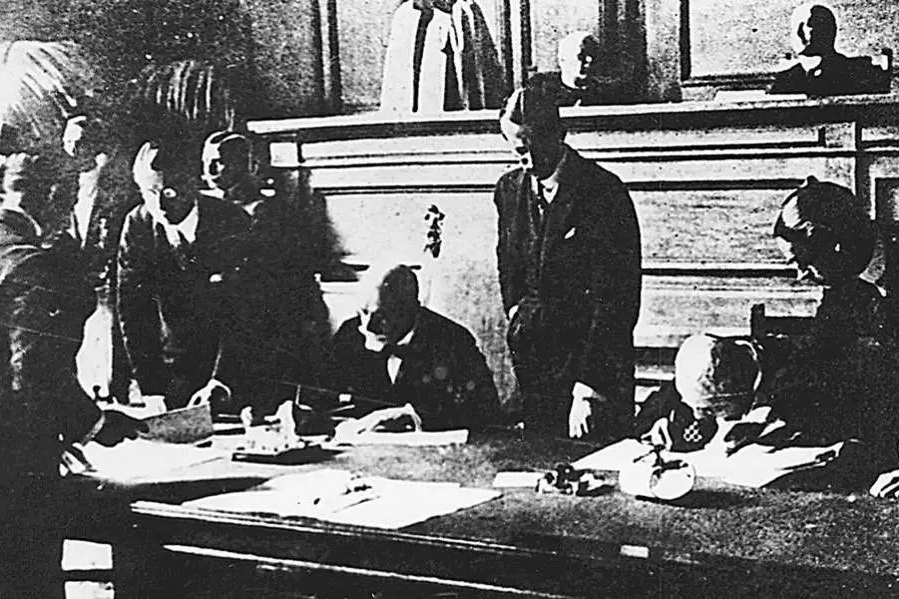The Treaty of Lausanne, signed in Lausanne, Switzerland on July 24, 1923, marked the end of the Greco-Turkish War of 1919-1922. This peace treaty brought together Turkey and the Allied Powers – France, Britain, Italy, Japan, and Greece.

While the treaty recognized the independence of Turkey and established its modern borders, it has been a subject of controversy. Certain groups, such as the Kurds and Armenians, criticized the treaty for not granting them autonomous regions or addressing the crimes committed against them during the Ottoman era.
One contentious aspect of the treaty was the forced exchange of more than 1.5 million ethnic Greeks and Turks. This led to the displacement of countless individuals, causing them to lose their homes and property.
Despite criticism, some defenders argue that the treaty was a necessary compromise to secure regional stability and end the war. They emphasize that Turkey’s territorial area was significantly reduced from its Ottoman Empire era, and gaining independence was a longstanding aspiration of the Turkish people.
Today, the Treaty of Lausanne remains a sensitive topic in Turkey. It is viewed differently by different segments of the population. While some see it as a source of national pride, others see it as a reminder of historical losses.
This treaty’s impact is not limited to Turkey; it also influences relations with neighboring countries, particularly Greece and Armenia.
